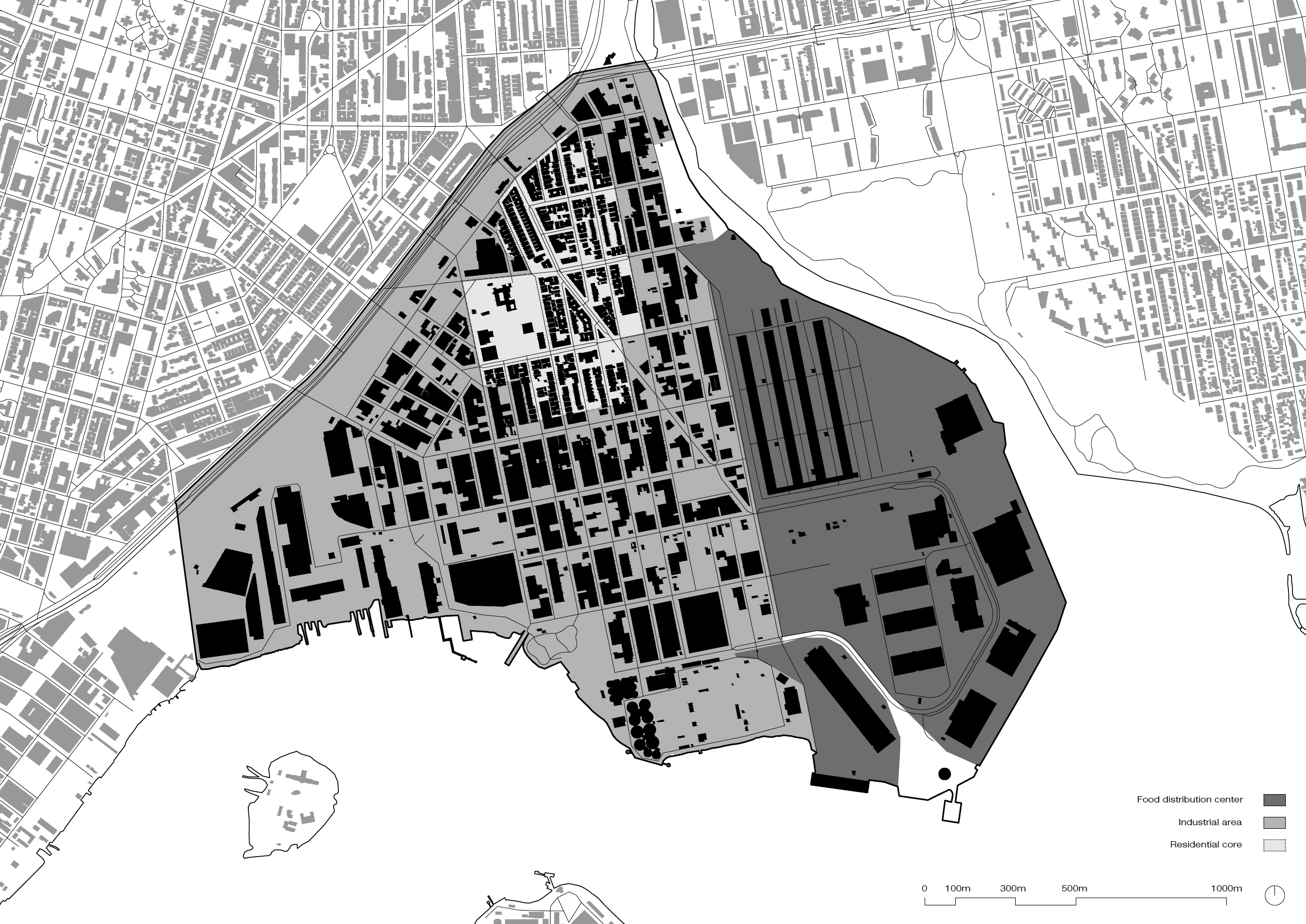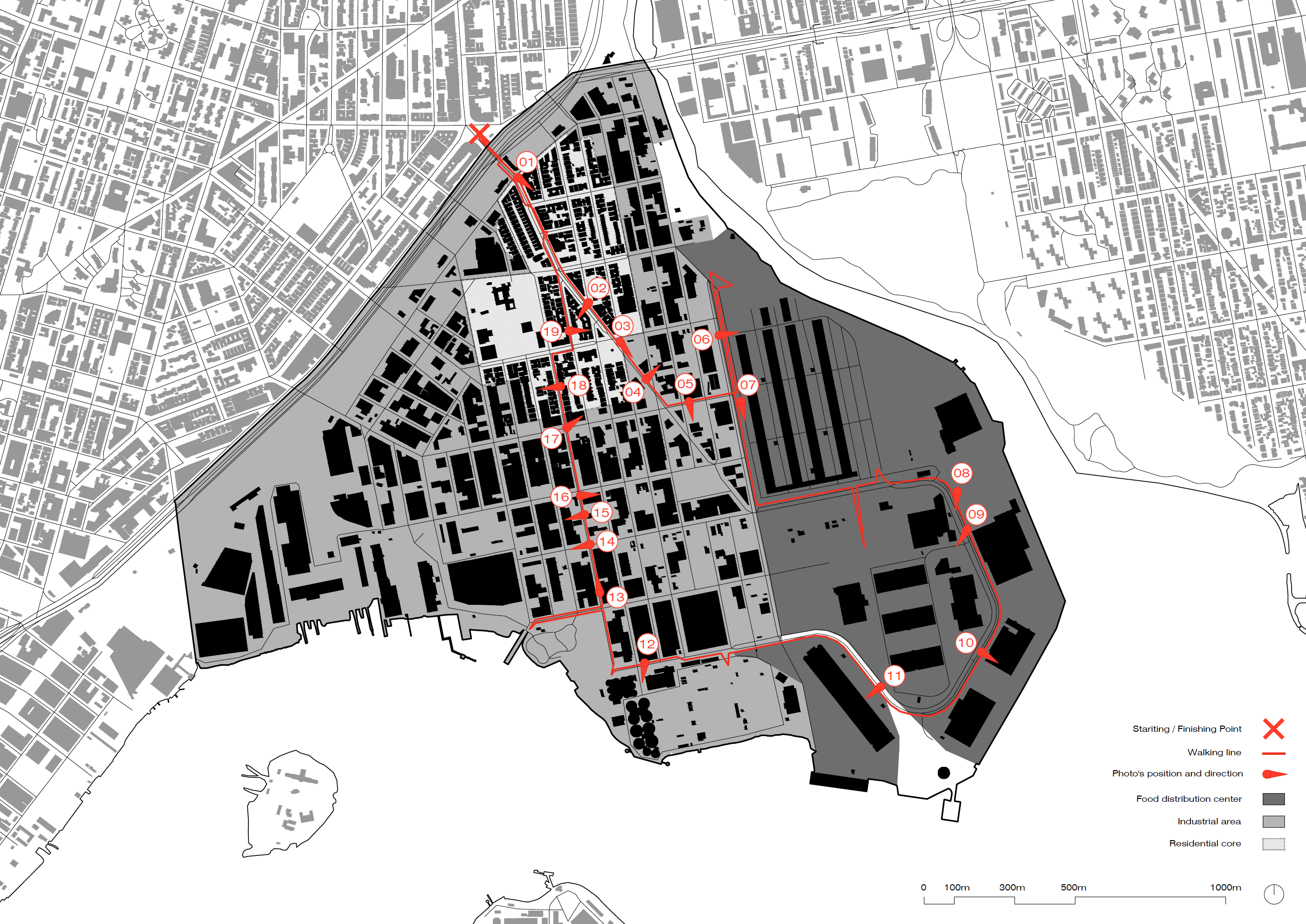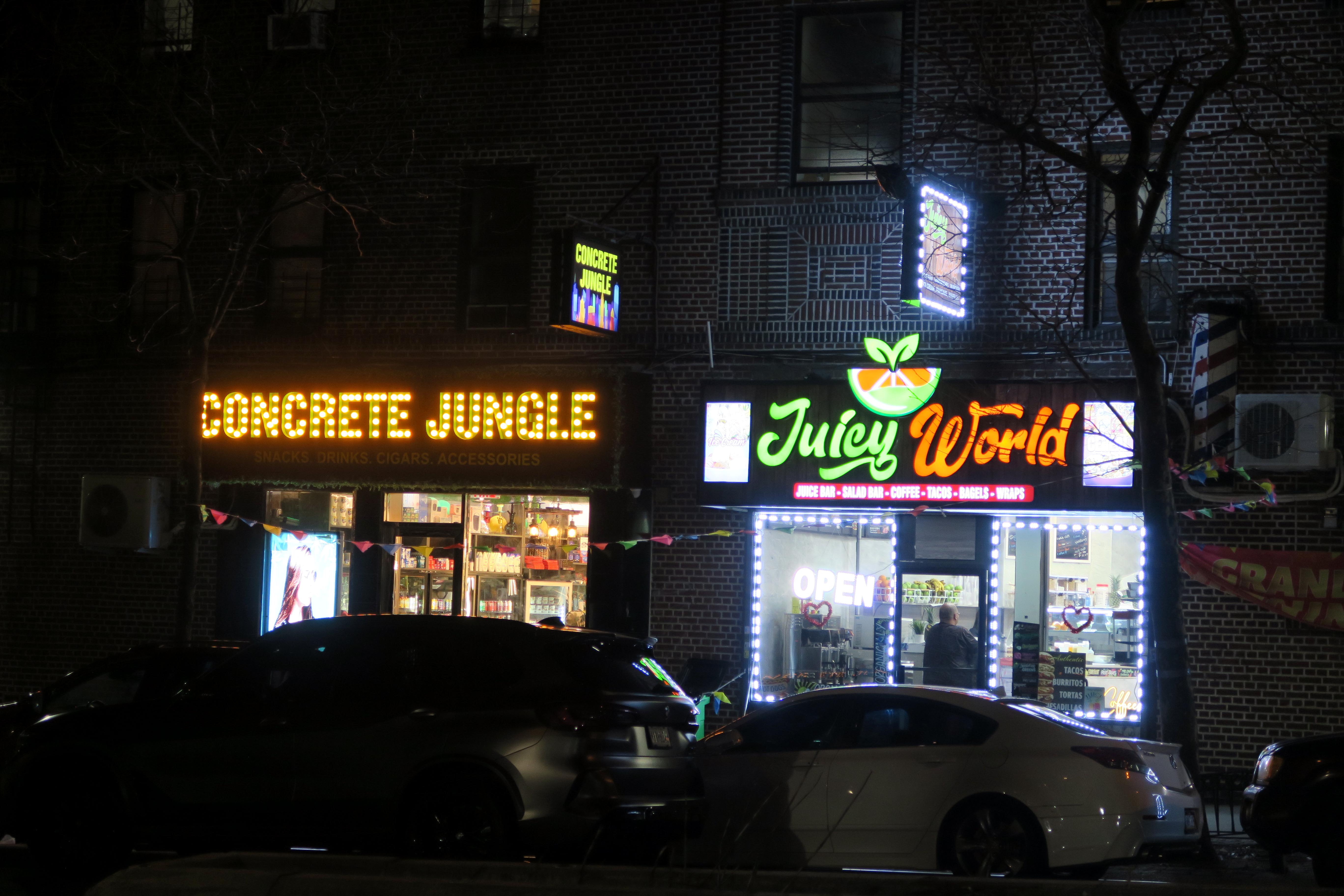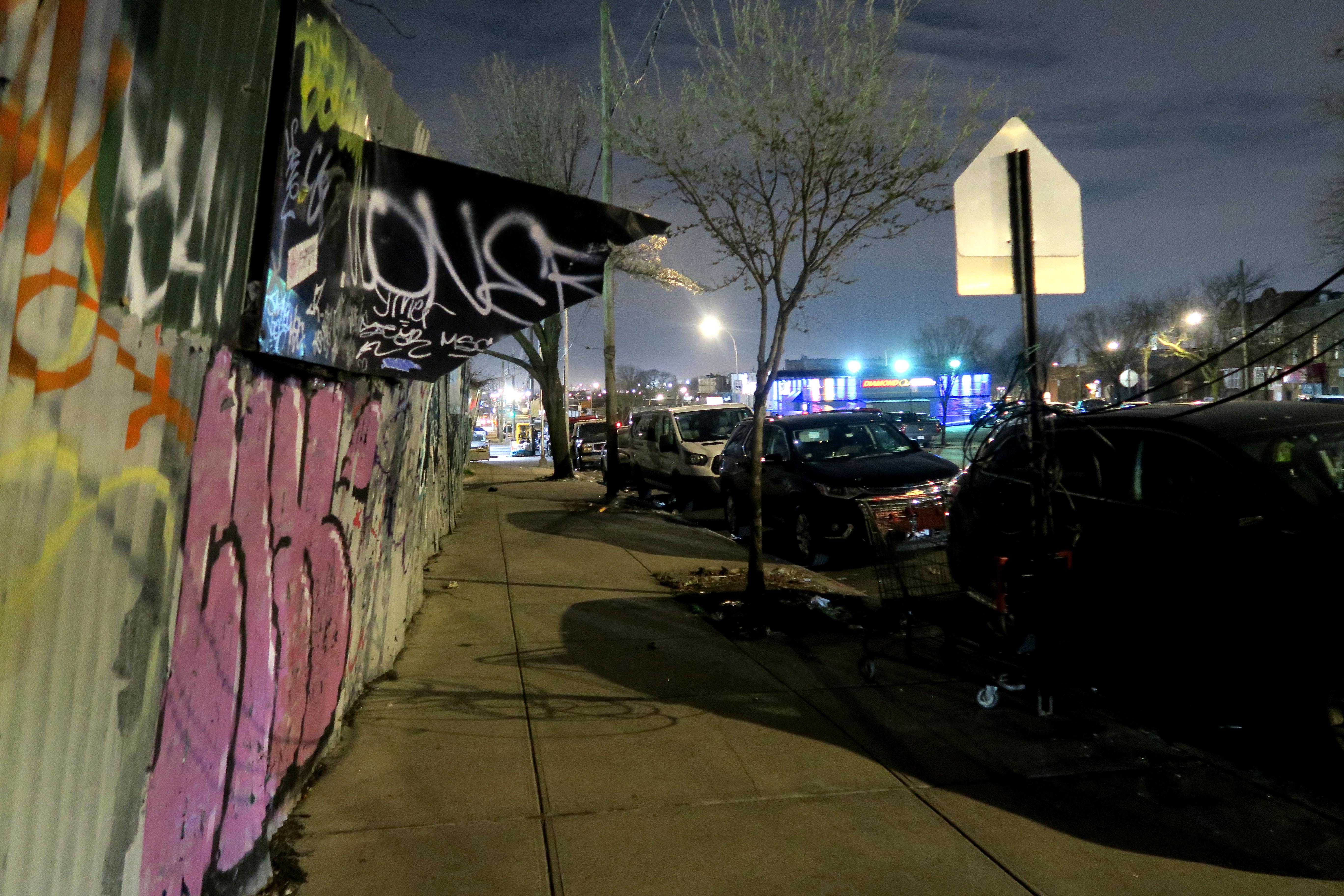
Researchers: Noah Allison + Víctor Cano Ciborro
This [work in progress] study employs novel cartography techniques to illustrate Hunts Points’ socio-spatial ecologies as a strategy to identify inequities and opportunities comprising New York City’s most consequential neighborhood.
This [work in progress] study employs novel cartography techniques to illustrate Hunts Points’ socio-spatial ecologies as a strategy to identify inequities and opportunities comprising New York City’s most consequential neighborhood.
‘So you think that hip-hop had it's start out in Queensbridge, If you popped that junk up in the Bronx you might not live.’
KRS-One. Bronx rapper

The Hunts Point Distribution Center was consolidated on a peninsula in New York City's South Bronx in the 1960s. Today, it is one of the most comprehensive food centers in the world, where an estimated 4.5 billion pounds of food are distributed from the Center to over 22 million people in the New York Metropolitan area annually. It is, therefore, an essential infrastructure for the city and region's food system. However, the distribution center's surrounding areas paradoxically face some of the country's highest rates of food insecurity. To fully understand the legacy of the distribution center, this project employs novel cartography techniques to illuminate Hunts Point residents' and workers' relationship to its built environment. Specifically visualizing the neighborhood's physical, social, and psychological ecologies reveals ongoing inequities and affordances. Understanding such nuances offer new urban perspectives and provide built environment stakeholders implications to ensure fairer metropolises for less-resourced people.



··· Night Walk in the Bronx [1st Nocturnal Etnography]
On Friday, March 31, 2023, we set on foot [red line] to make sense of The Hunts Point neighborhood located on a peninsula in the South Bronx.

After ascending the 6 Train stairs at 20:30, we crossed the Bruckner Expressway’s overpass and walked down Hunts Point Avenue through the residential section of the neighborhood. Besides two separate groups of men socializing underneath scaffolding and enjoying the warm air that spring had brought, the sidewalks were virtually empty. The farther south we walked, the quieter it got. Soon, the vehicular buzz from the expressway faded, and only faint murmurs could be heard from conversations spilling out of bodegas and closing barbershops.

Within minutes we crossed Spafford Avenue and entered the industrial zone. Corrugated steel fences covered in graffiti bordered the sidewalk.

A deserted shopping cart sat next to a parking sign with overhead powerlines tied to it. Empty parked cars dotted both sides of the Avenue. Streetlights haphazardly line the sidewalks providing refuse from the darkness and generating Burtonesque shadows on the concrete. Lights flickered above shuttered auto garages and yards. Besides the few auto repair workers toiling behind glass doors, we were the only souls on the street.

That is until we hit the Hunts Point Distribution Center. At 21:00, Spanish-speaking workers leave the center and jump on an empty New York City Transit bus taking them to the subway. Black women and men huddled in security shacks ask us not to take pictures of the premises they guard. And forklift operators move crates of beer behind steel fences...

... End of this sneak peek
[This nocturnal etnography is under review to be published]